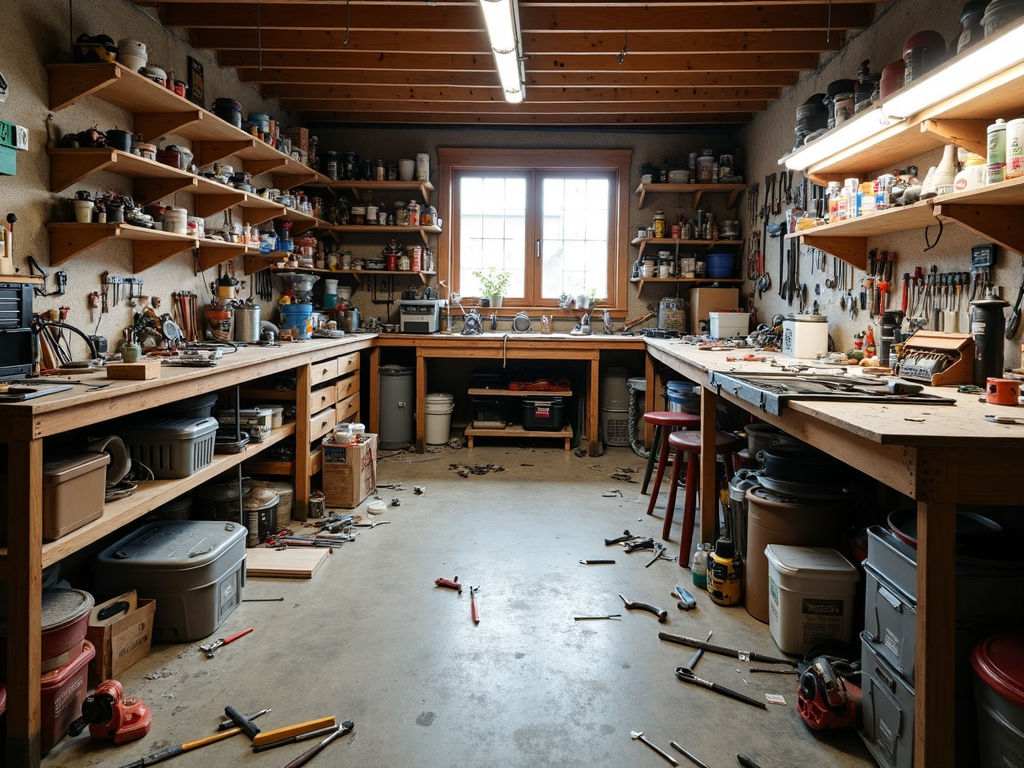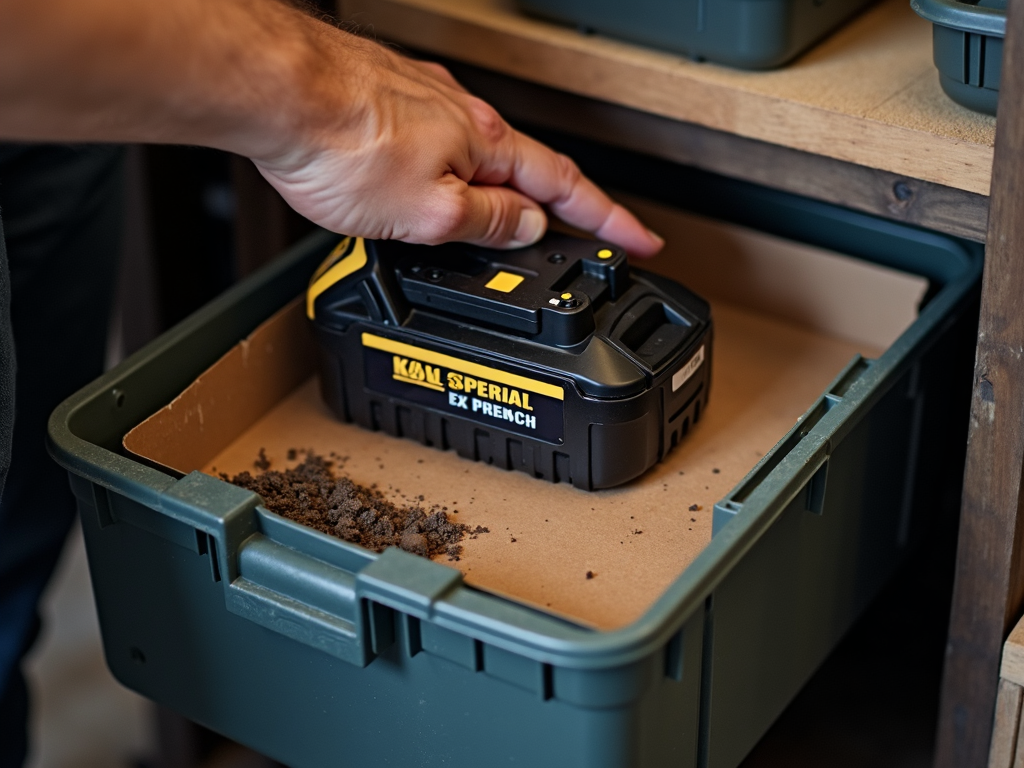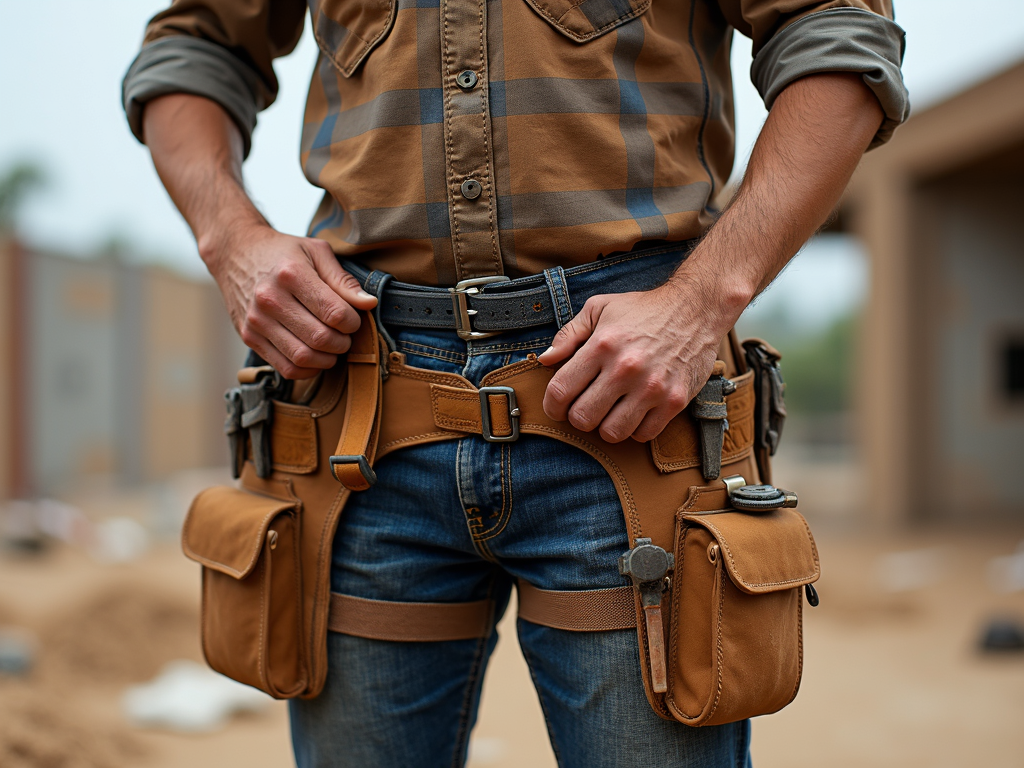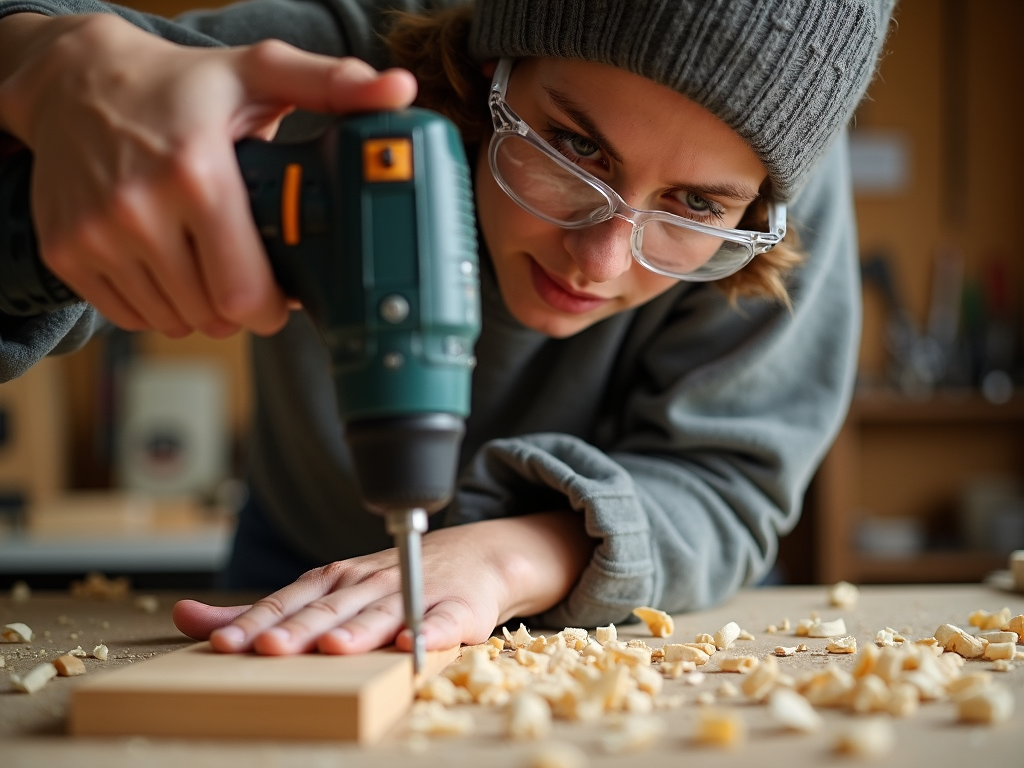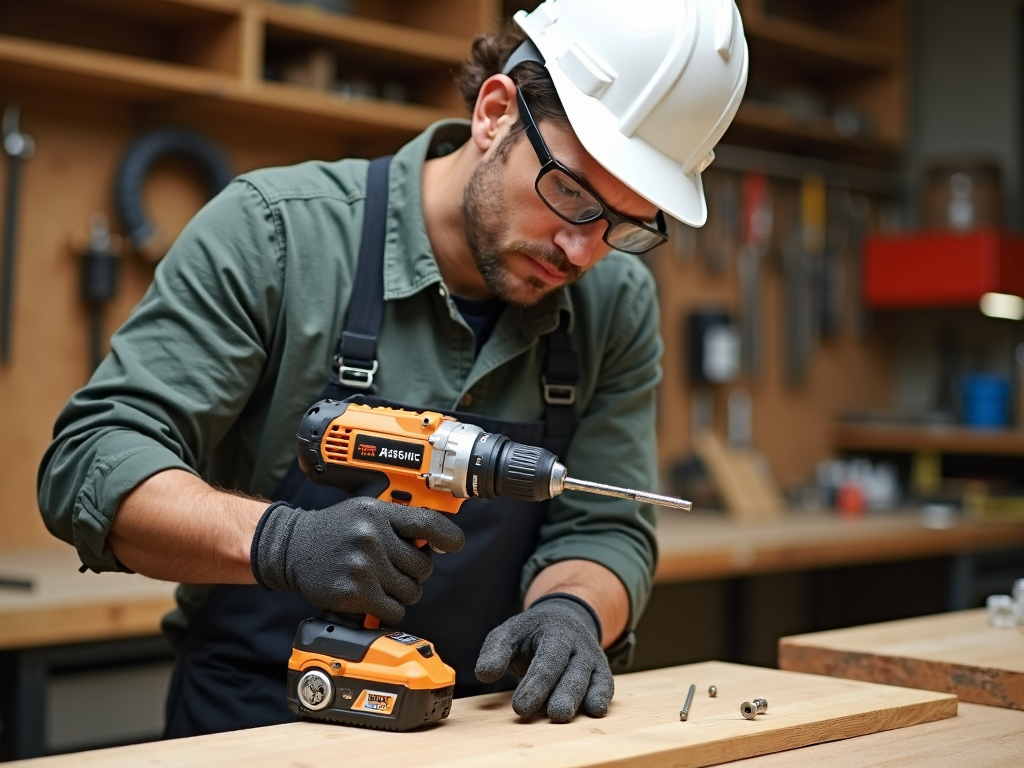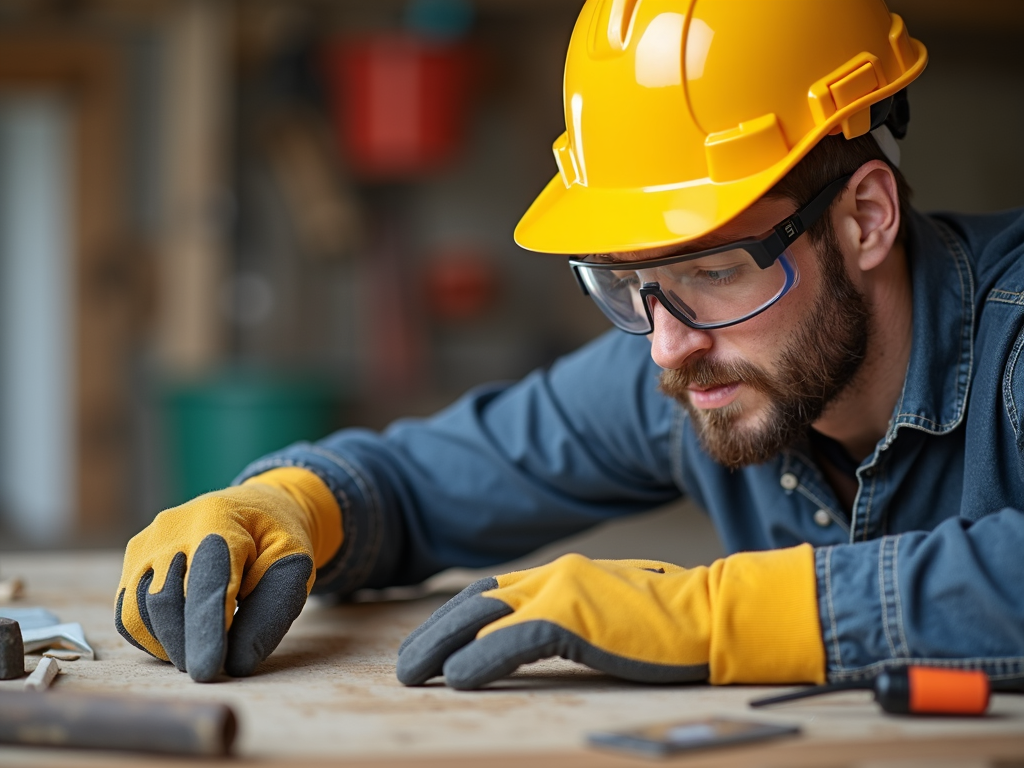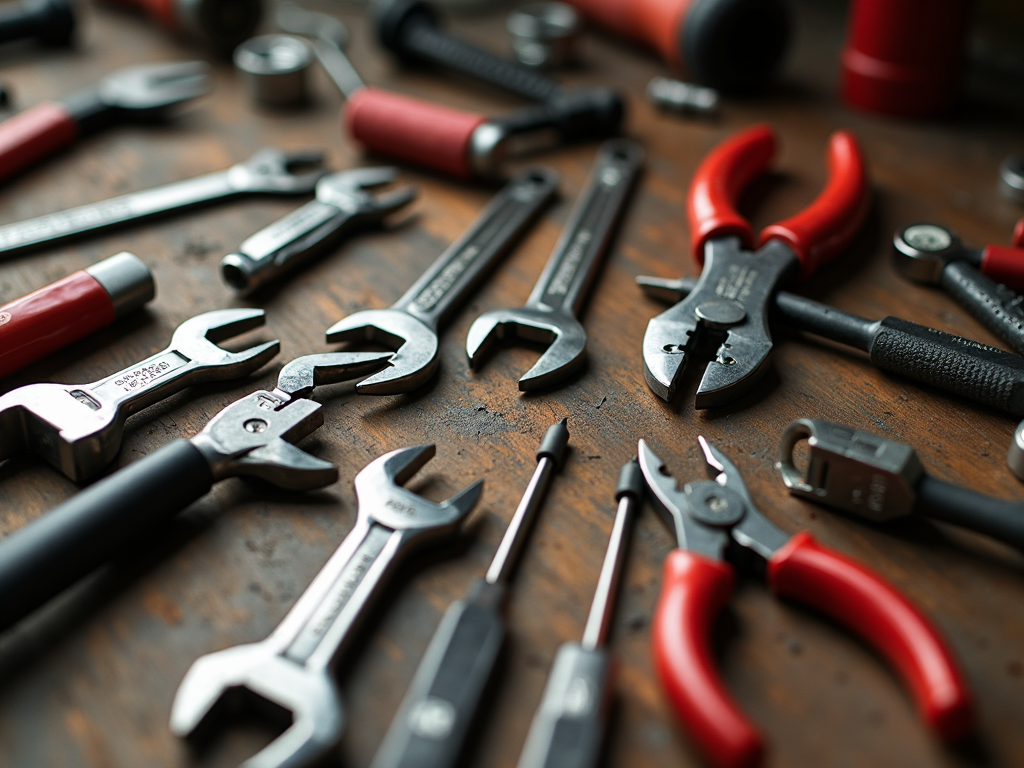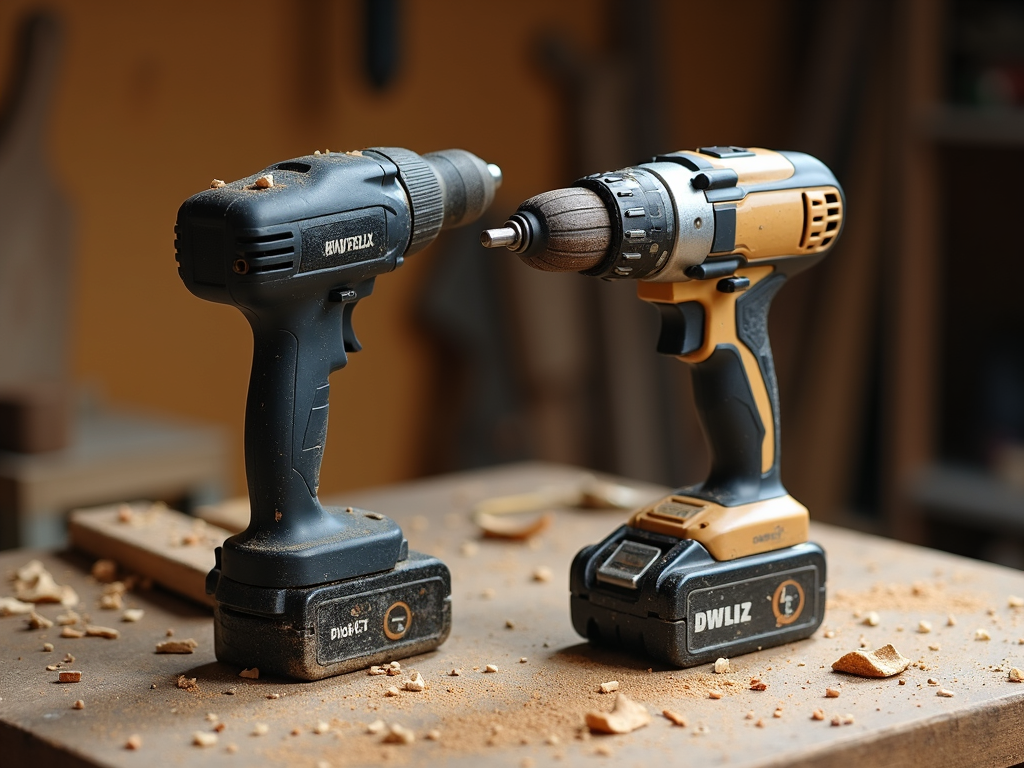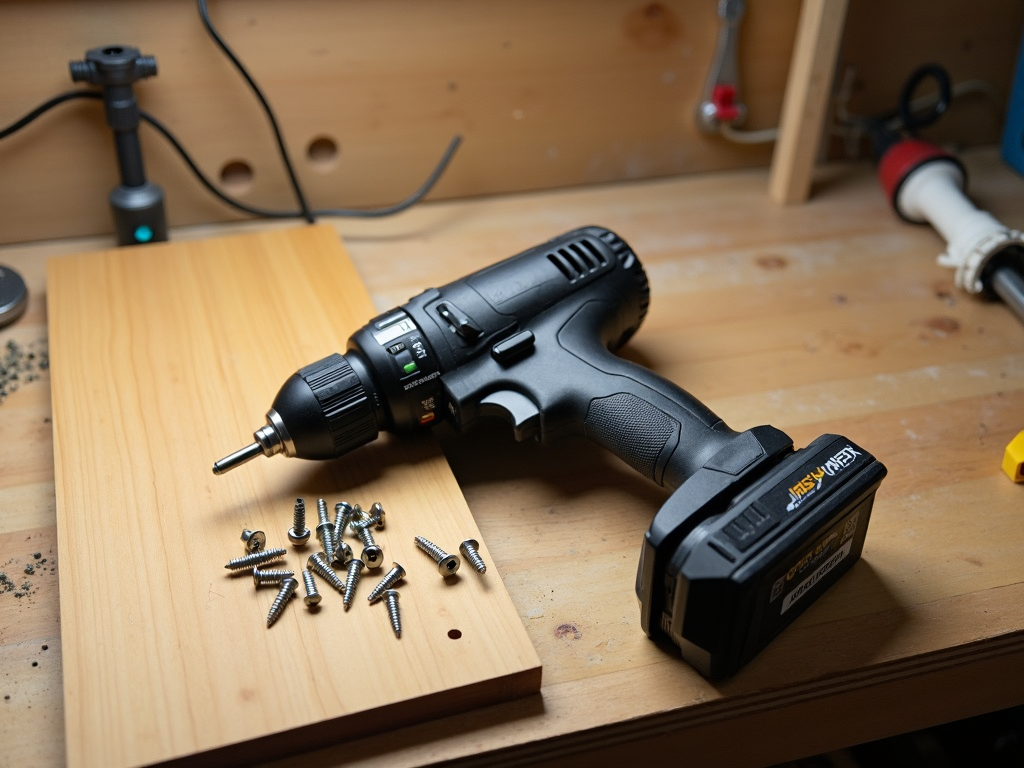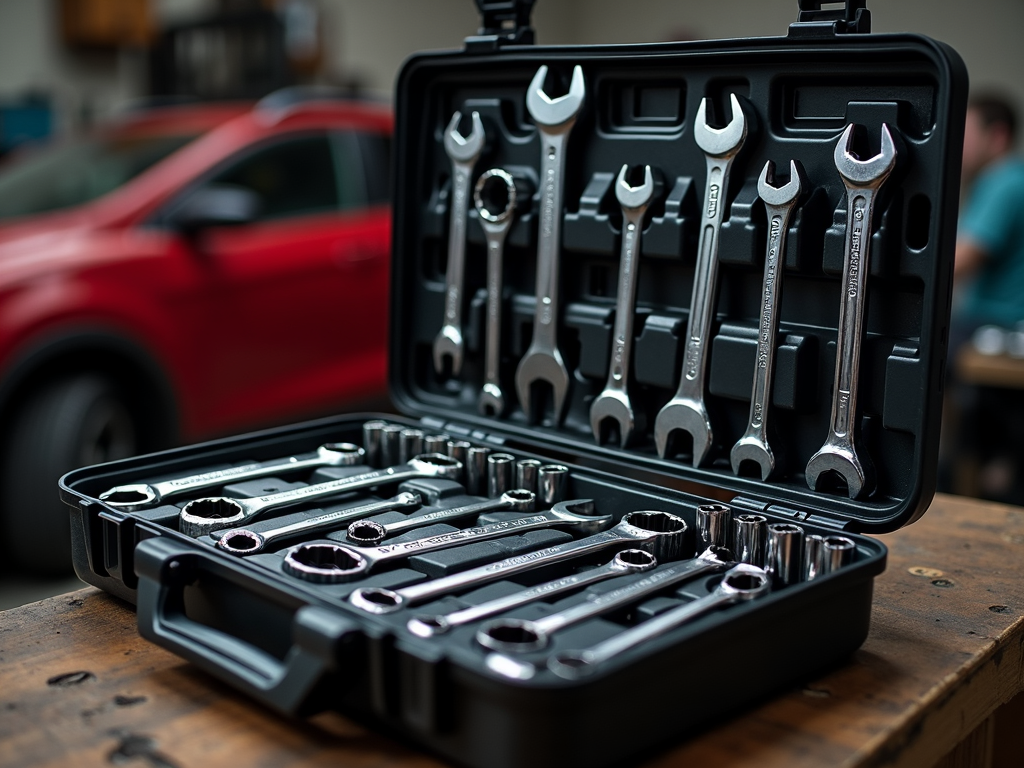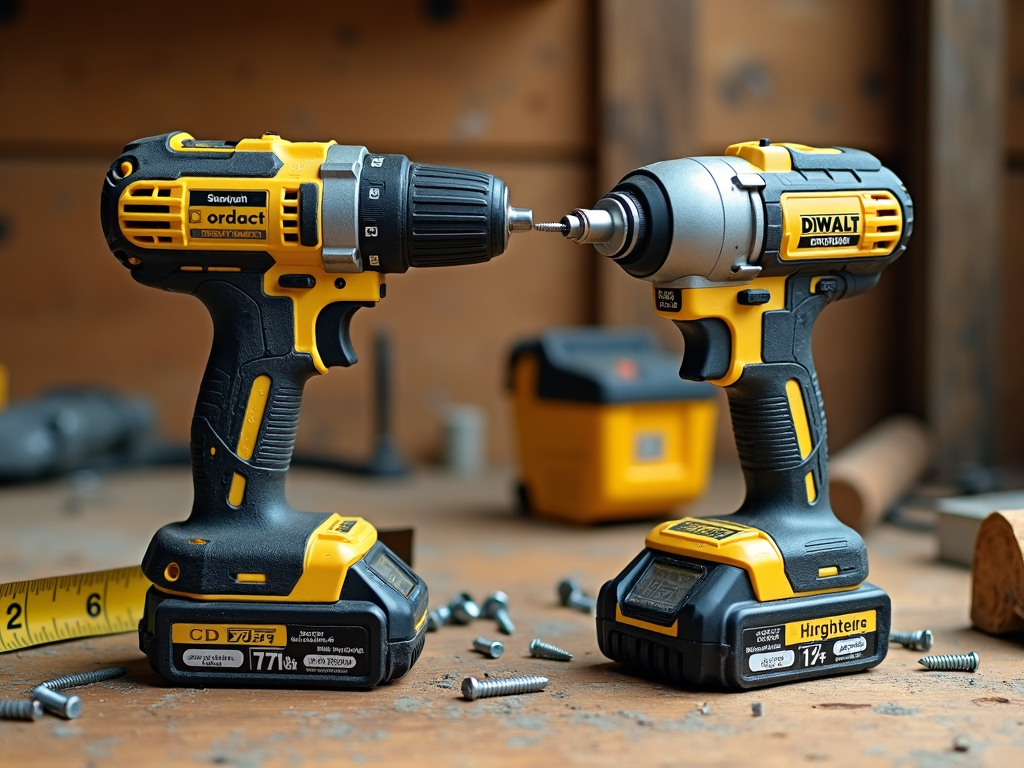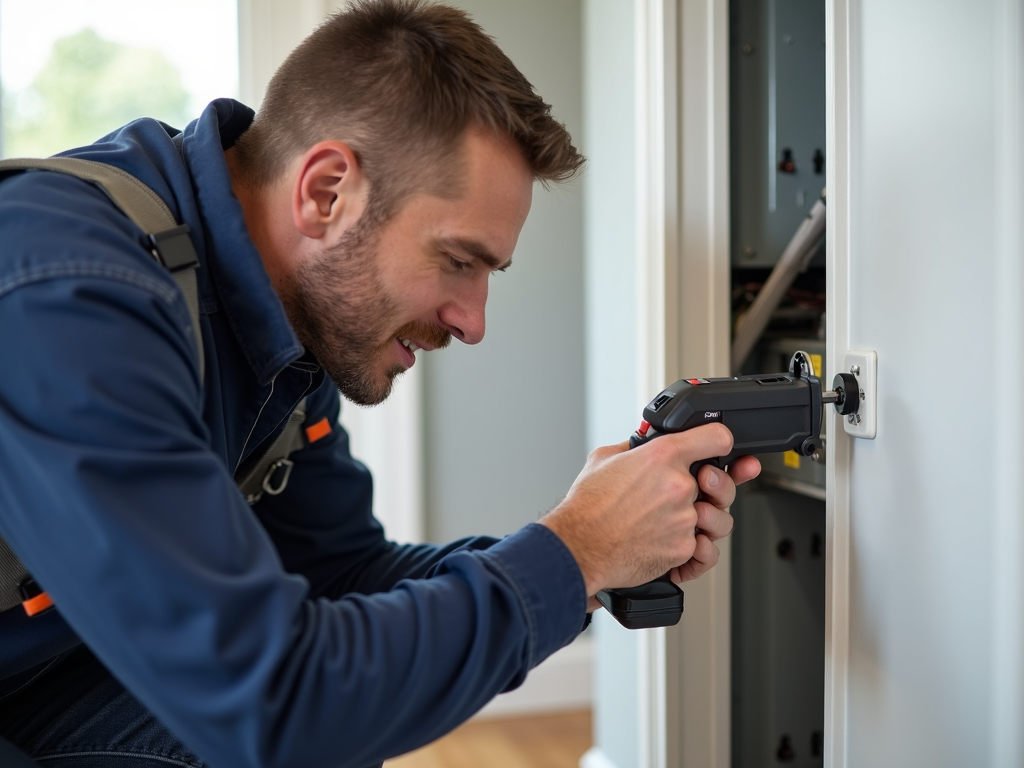Overview
Electricity powers our homes, but it can be risky without the right tools. This comprehensive guide to electrical tools lists the top 10 electrical tools every homeowner should have for safe, efficient repairs, plus key safety practices to keep you protected.
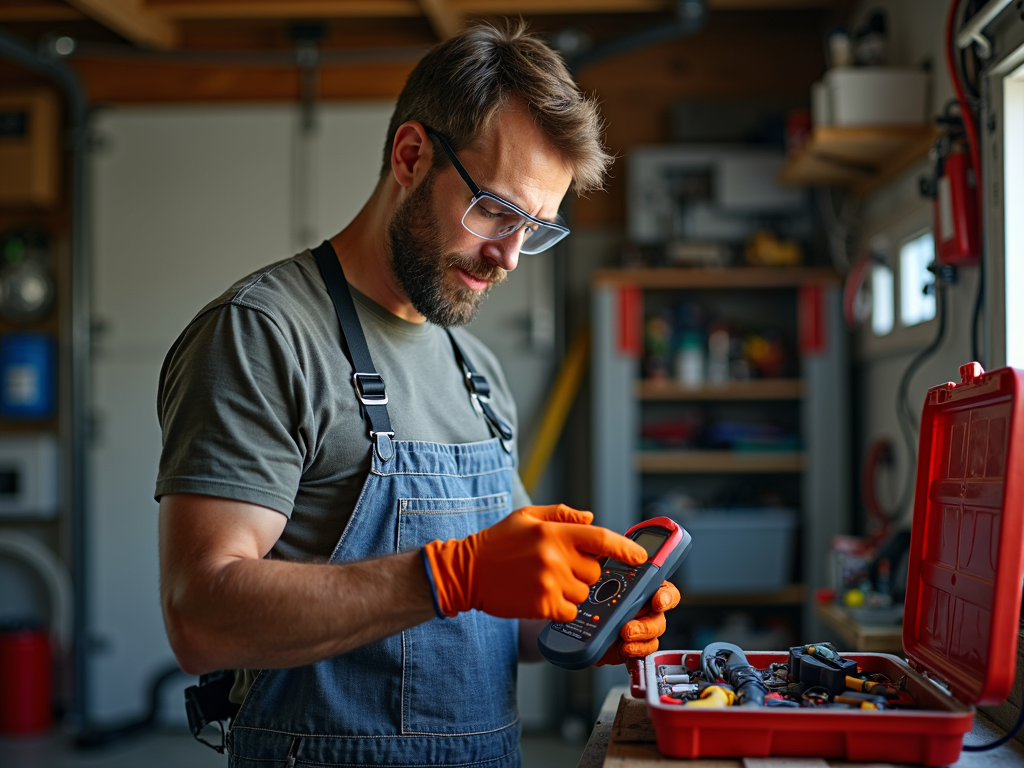
Why Safety Matters in Home Electrical Repairs
Before grabbing any tool, safety comes first. Electricity can cause shocks, burns, or worse if mishandled. Here’s how to stay safe:
- Turn off the power at the breaker before starting.
- Use tools with insulated handles.
- Wear rubber-soled shoes to avoid shocks.
- Avoid wet areas while working.
- Call a pro if you’re unsure.
These safety practices in home electrical repairs can save your life. I learned this the hard way when I skipped checking a circuit once—thankfully, just a small zap taught me to always double-check!
The Top 10 Electrical Tools
Here’s the list of must-have electrical tools to tackle common home projects. Each one is a workman tool designed for durability and ease of use.
1. Multimeter
A multimeter measures voltage, current, and resistance. It’s your go-to for figuring out if a circuit’s live or why an outlet’s dead.
How to Use It: Set it to voltage mode, touch the probes to the wires, and read the display.
Safety Tip: Start with the highest range to avoid frying it.
My Take: I once tracked down a flickering light issue with mine—turns out a loose connection was the culprit. Fixed it in minutes!
2. Wire Strippers
Wire strippers cut away insulation without harming the wire inside, perfect for rewiring or fixing outlets.
How to Use It: Pick the right size slot for your wire, clamp down, and pull.
Safety Tip: Don’t use a slot too small—it can nick the wire.
My Take: A good pair saved me from mangling wires with a knife. Worth every penny.
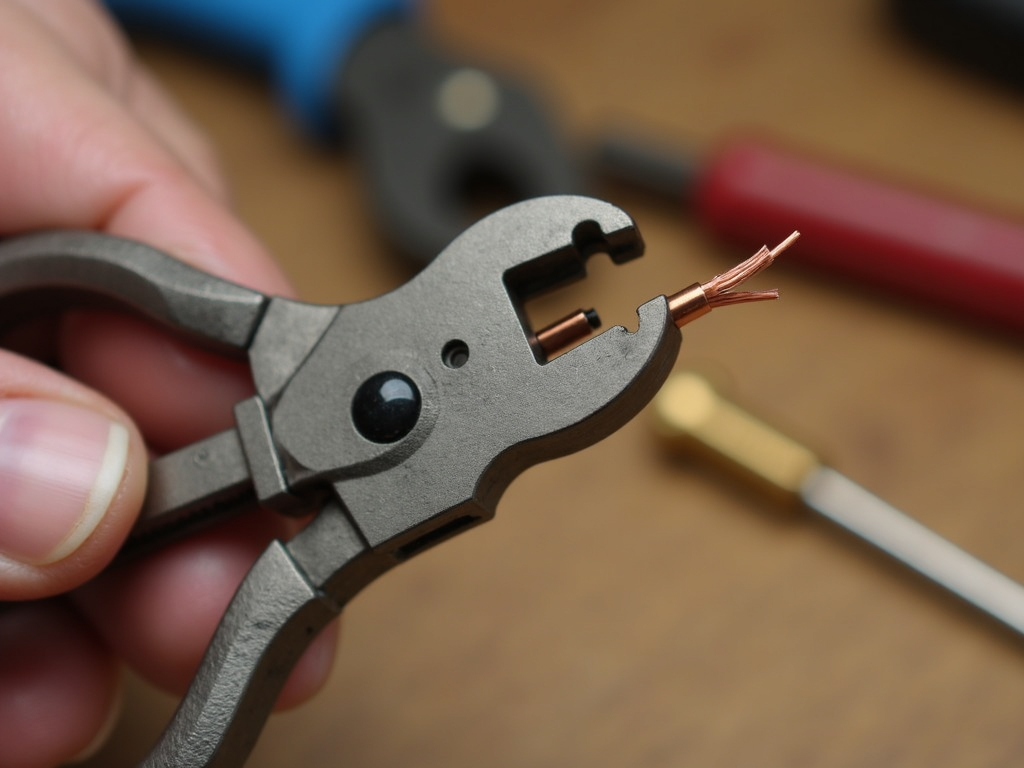
3. Needle-Nose Pliers
These slim pliers are great for bending wires or reaching tight spots.
How to Use It: Grip the wire and twist or pull as needed.
Safety Tip: Use insulated handles near live wires.
My Take: I’ve used these to fish wires out of cramped boxes—super handy.
4. Lineman’s Pliers
Built for cutting and twisting wires, these are a staple for heavier tasks.
How to Use It: Cut with the blades or twist wires together.
Safety Tip: Keep fingers clear of the cutting edge.
My Take: They’ve cut through thick cables like butter for me.
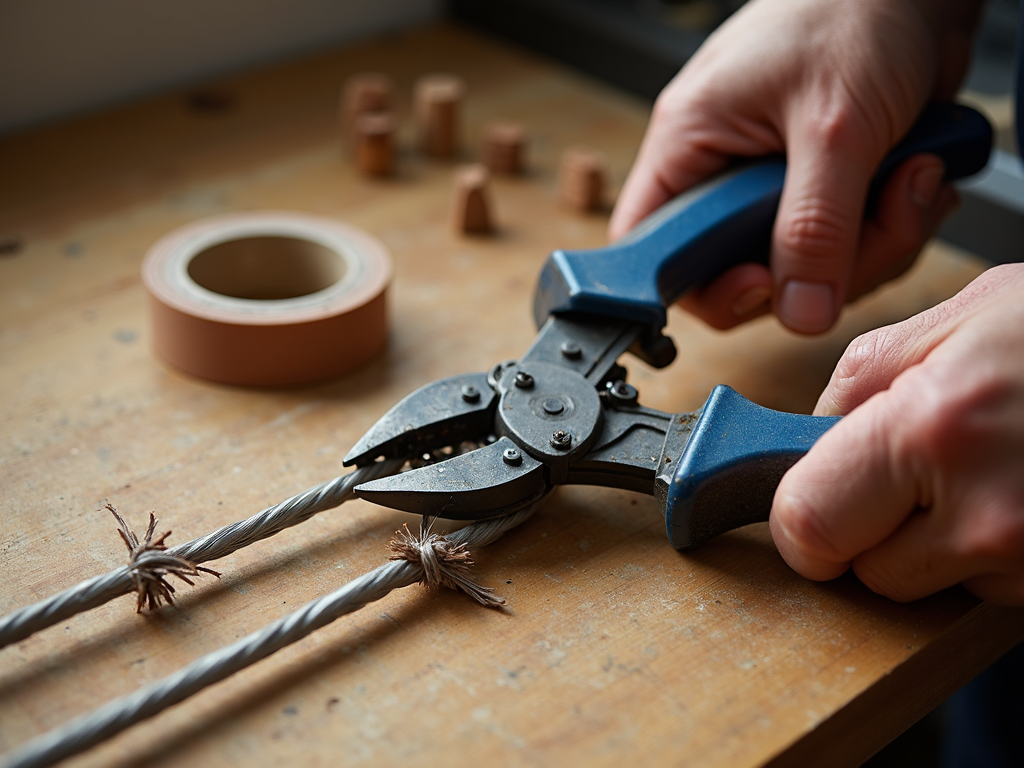
5. Insulated Screwdrivers
You’ll need these to tighten or loosen screws in electrical boxes.
How to Use It: Match the tip to the screw (flathead or Phillips) and turn.
Safety Tip: Ensure the insulation isn’t cracked.
My Take: A set with multiple sizes has been a lifesaver for every project.
6. Voltage Tester
This simple tool checks if a wire’s live—no guesswork needed.
How to Use It: Touch the tip to a wire; it lights up or beeps if there’s power.
Safety Tip: Test it on a known live circuit first to confirm it works.
My Take: After a shock from a ‘dead’ wire, I never skip this step now.
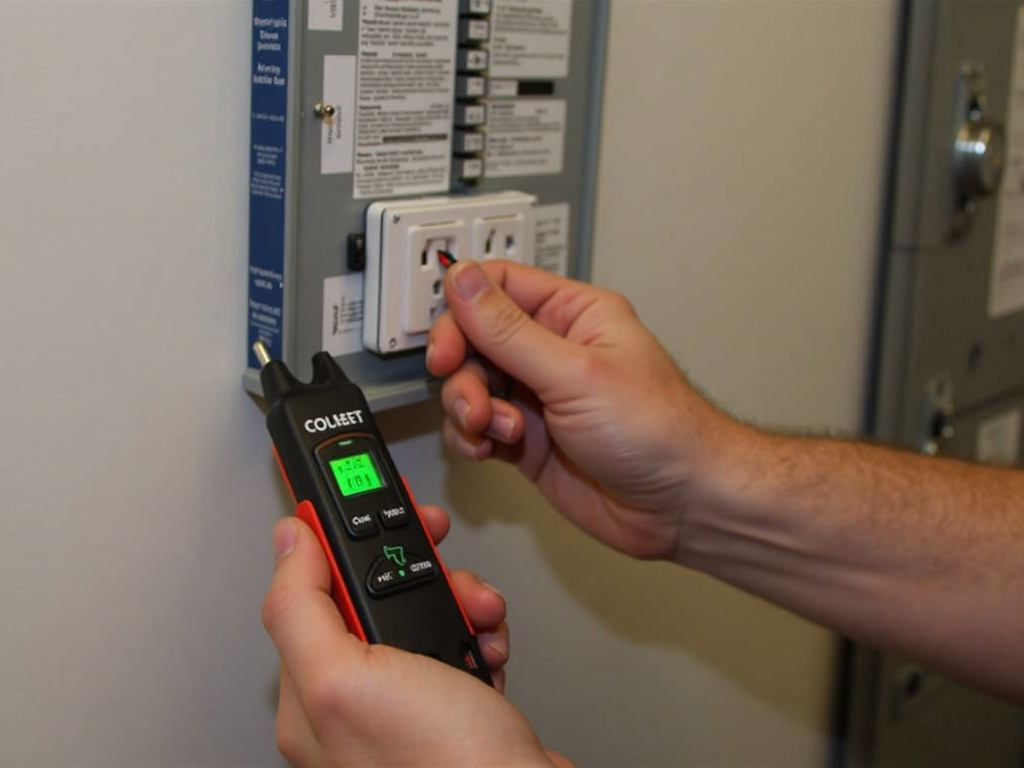
7. Fish Tape
Fish tape pulls wires through walls or conduits.
How to Use It: Feed it through, attach the wire, and pull it back.
Safety Tip: Avoid forcing it past sharp bends.
My Take: Ran speaker wires through my ceiling with this—worked like a charm.
8. Electrical Tape
This tape insulates exposed wires to prevent shorts.
How to Use It: Wrap it tightly around bare wire ends.
Safety Tip: Stretch it slightly for a snug fit.
My Take: It’s cheap and fixes so many little wiring issues.
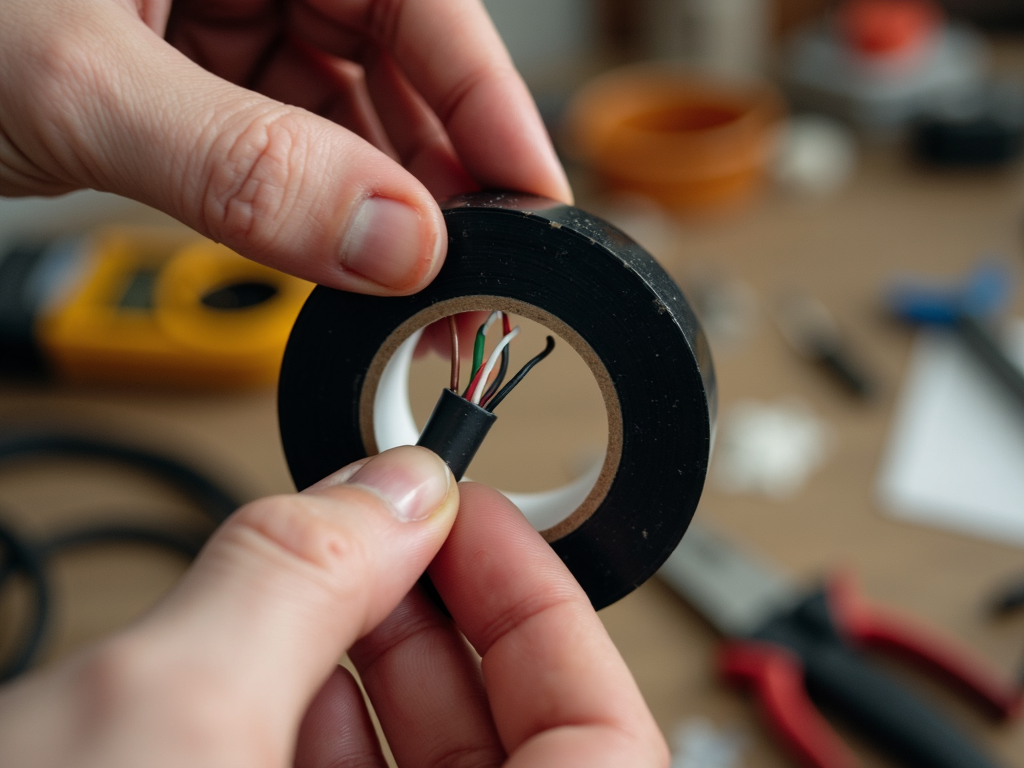
9. Circuit Tester
A circuit tester checks outlets and wiring for issues.
How to Use It: Plug it in; the lights show if it’s wired right.
Safety Tip: Turn off power before removing outlet covers.
My Take: Found a reversed wire in an old house with this—easy fix.
10. Flashlight
A bright flashlight lights up dark corners like attics or panels.
How to Use It: Point and shine—simple!
Safety Tip: Keep spare batteries handy.
My Take: Dropped a screw in a basement once; this saved the day.
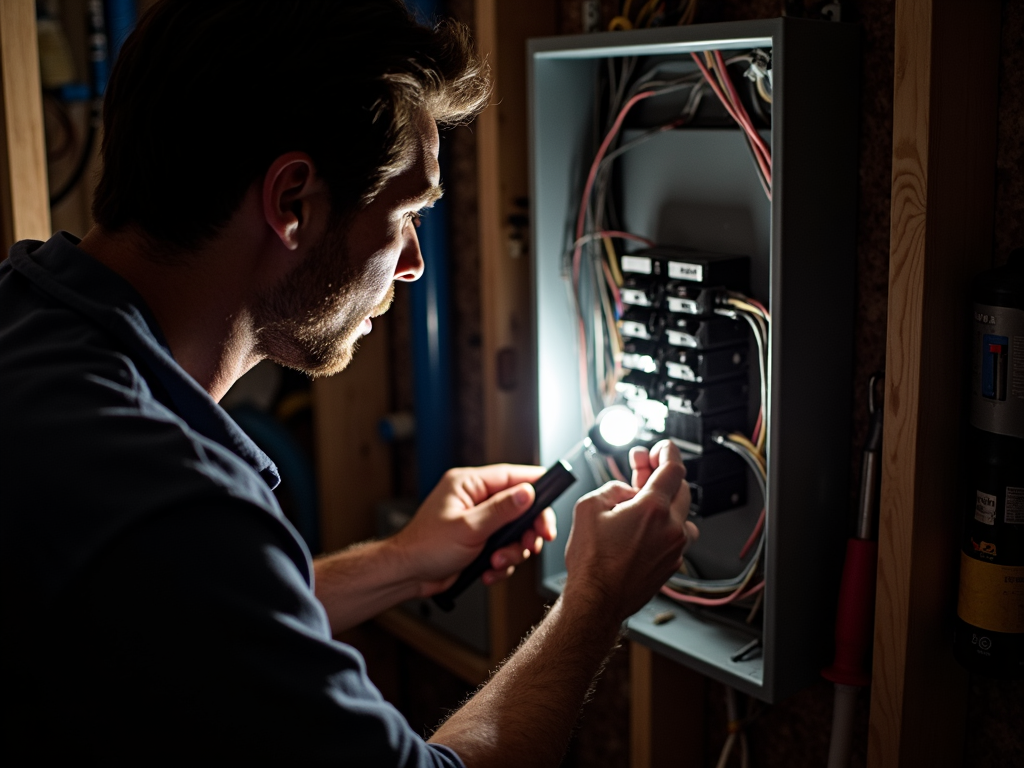
Extra Tips for Success
Beyond tools, here’s how to make repairs easier:
- Keep tools in a toolbox for quick access.
- Label your breaker box circuits.
- Clean up as you go to avoid tripping.
- Know your limits—call an electrician for big jobs.
For more on safety, check the National Electrical Code.
Summary
With the top 10 electrical tools every homeowner should have, you’re ready for most repairs. Pair them with smart safety practices in home electrical repairs, and you’ll work confidently and safely. Keep learning, stay cautious, and enjoy fixing up your home!
Related Top 10 Electrical Tools Every Homeowner Should Have:
- How to Organize Your Workshop for Efficiency
- How to Maintain Your Cordless Power Tools: A Comprehensive Guide
- The Ultimate Guide to Tool Belts for Construction Workers
- Essential Safety Gear for Power Tool Users: A Comprehensive Guide
- Safety First: Using Tools the Right Way
- DIY Safety: Tips to Avoid Common Mistakes
- Workman Tools for Plumbing Projects: A Comprehensive Guide
- The Evolution of Power Tools: From Manual to Modern
- A Beginner’s Guide to Different Power Tool Types
- Essential Tools for Every DIY Mechanic: A Comprehensive Guide
- Cordless Drills vs. Impact Drivers: What’s the Difference?
- Ergonomic Workman Tools for Comfort: A Comprehensive Guide
